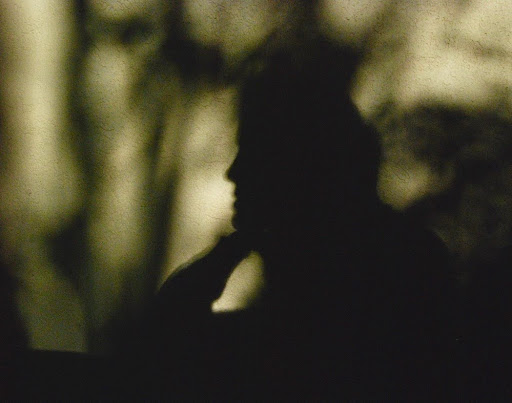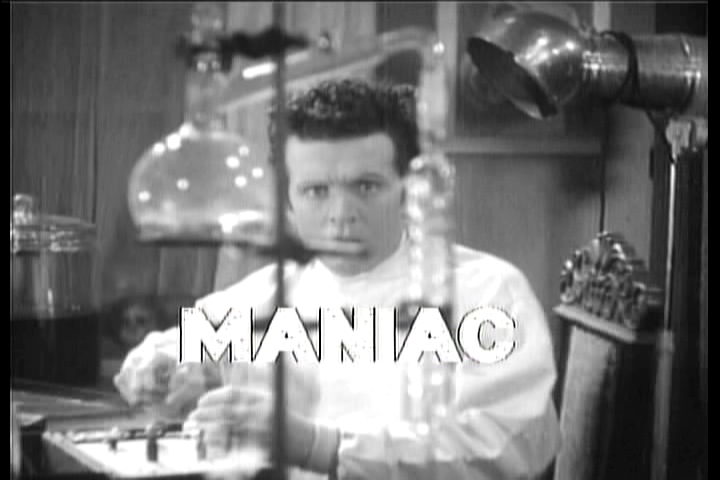Hello everybody, and welcome to the third edition of “Down Low on LetterBoxd,” where I review the lowest-rated movies on Letterboxd — a social film reviewing site.
Today, I’m reviewing the horror exploitation film “Maniac,” (1934) directed by Dwain Esper, best known for masterpieces such as “Marihuana, the Weed with Roots in Hell!” (1936) and “Love Life of Adolph Hitler” (1948). Although Maniac claims to be based on the Edgar Allen Poe short story “The Black Cat,” the connection is vague, shown through quick images and a small subplot. This seminal exploitation film tries but fails to “educate” the audience on mental illness with little snippets of dated and offensive information on walls of text that appear on the screen. I won’t recount all of them, but it’s quite stigmatizing to mental health. For example, one of the blocks of texts implies that people with bipolar disorder are more likely to commit sexual crimes. Yeah, it’s that bad.
In the film, Don Maxwell (Bill Woods) is an ex-vaudeville actor who works for Dr. Meirschultz, (Horace B. Thompson) a wannabe Dr. Frankenstein. Maxwell shoots the doctor (which in my opinion is his worst crime since that means the audience is deprived of the best acting in the whole film) and impersonates him to cover up his crime. The rest of the movie is an incomprehensible mess of insane performances from Woods and naked pre-Hays Code women. It’s typical schlock that movies like “Reefer Madness” and “Salo” have perfected throughout the years.
In terms of mental health representation, Maniac is obviously terrible. But is it truly worse than many other horror and thriller films that depict mentally ill villains? One of the most famous horror films in American cinematic history–that touches upon this topic–is quite literally called “Psycho” and depicts a man who kills women while dressed as his mother. How many villains in thrillers from the highest brow critically-acclaimed cinema—like “Silence of the Lambs” to the unrespected Lifetime movie, create the motivation that their villain is “crazy” and nothing else?
So is it truly fair to judge this 1930s movie for its offensive representations that are often overlooked in more contemporary films such as “Pearl” and “Joker”? Overall, the off-the-wall performances from both the doctor and his impersonator are impossible for anyone to take seriously, even by 1934 standards.
Regardless, even as we watch poorly written and unrespected pieces of media, we should be critical of offensive and incorrect tropes and stereotypes. It’s easy to dismiss bad movies drenched in offensiveness and poor writing as something not worth thinking about critically. But those are the pieces of media we need to be thinking about more critically than ever. Because it is these examples that put in the least effort, are taken the least seriously and are often the most insidious. Through these films’ lack of respectability, they are able to slip in the worst messages.
Additionally, are representations of the “crazy” in horror and any other genre appropriate? To what limit can we justify the deranged backstory? Because, although we hate to admit it, the media we consume does influence our perception of the world and its people.
Maniac is not only a relic of its time, but a reminder of what the state of media can and should not be. It’s the type of laziness that should be taken seriously as it can be dangerous to people who live with any mental illness, even ones not depicted within this film. Its intended horror comes off as a farce. But the real horror, the film’s depiction of mental illness, is truly terrifying.




























